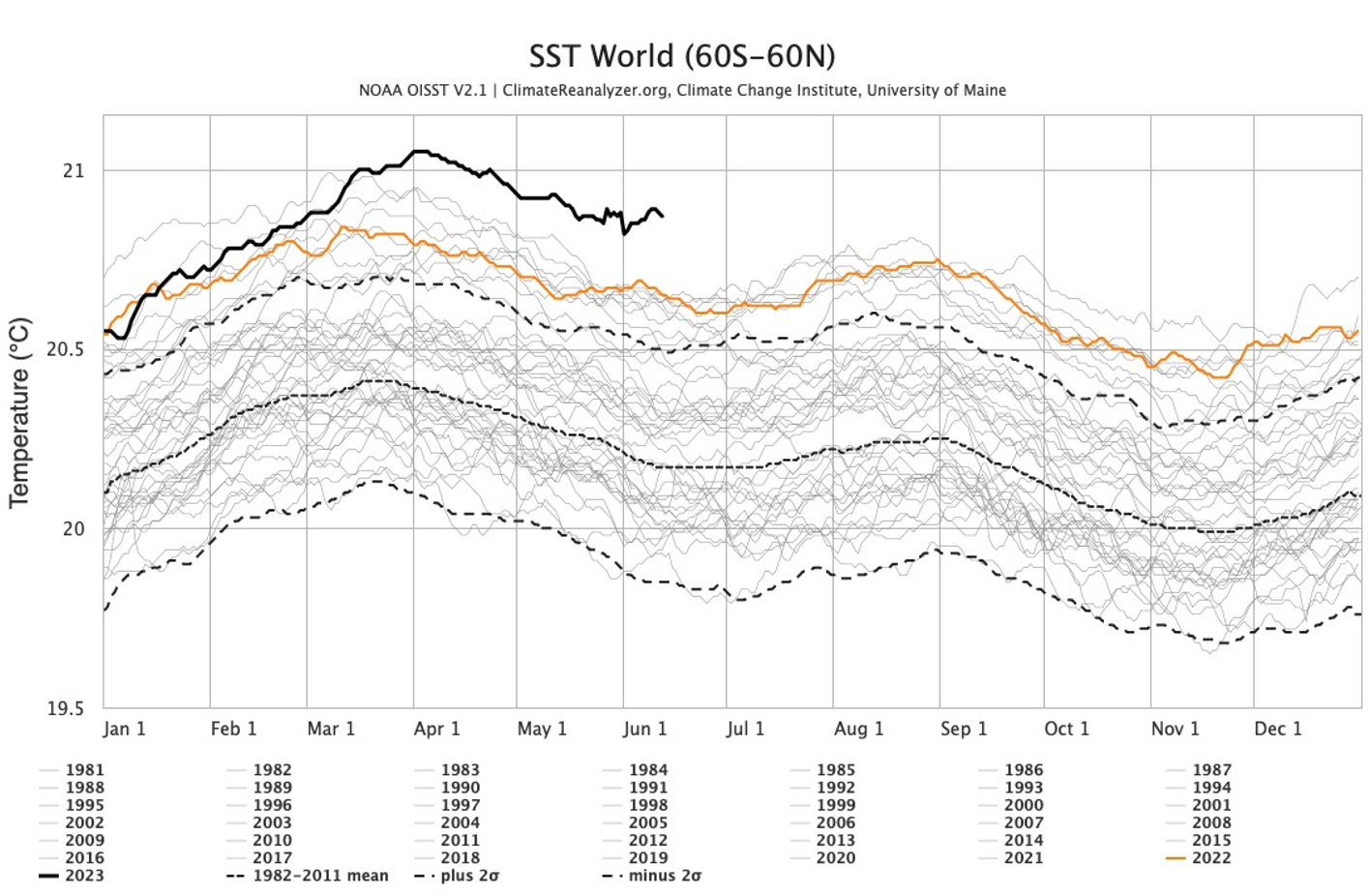A profound failure to understand and accept strategic threats
June 19, 2023
The Defence Strategic Review reflects a profound failure of the Australian leadership to understand and accept the breadth and complexity of the range of strategic threats confronting Australia, the region, and the world. How can a realistic defence policy be determined without first understanding the risks it is supposed to address?
On 24thApril 2023 the Labor Government released the unclassified version of the independent Defence Strategic Review (DSR); 116 pages, 30 of which are full page photographs. The Strategic Review does not actually contain a strategy. A Defence Strategy is promised for mid 2024. What is described as: the most ambitious review of Defence posture and structure since the Second World War, is not based on any published strategy. It is not based on a National Security Strategy; we do not have one. It is not based on a National Risk Assessment; whilst one was commenced in late 2022 it will not deliver much in the way of a comprehensive assessment for the next year or so. So, what is it based on?
We contend that the public version of the DSR reflects a profound failure of the Australian leadership to understand and accept the breadth and complexity of the range of strategic threats confronting Australia, the region, and the world. To illustrate this, we will address the risk of climate change; our focus as the Australian Security Leaders Climate Group (ASLCG).
The DSR, despite recommending a whole-of-nation focus on strategic risk management, largely ignores the significance of climate risk. The Government received a climate security risk assessment late last year from the Office of National Intelligence (ONI), apparently only covering climate threats external to Australia; it is not mentioned in the DSR. The Governments refusal to publish an unclassified version of the ONI assessment is hard to understand. A national climate risk assessment that also addresses domestic impacts of climate change has yet to be produced.
The DSR does acknowledge that climate change is now a national security issue, is increasing defence challenges in the region, and that if it accelerates, it risks overwhelming the Governments capacity to respond effectively and detract from Defences primary objective of defending Australia. The DSRs description of what climate risk entails is limited to a single paragraph of 66 words. It then asserts that Defence must be the force of last resort for domestic aid to the civil community. This is critical given the urgent geostrategic risks that the nation faces and the need for the ADF to be in a position to respond to regional contingencies.
The fundamental problem is use of the word if instead of as. The impacts of climate change have been accelerating for years and science tells us that they will rapidly get worse. The over-riding impression is that the DSR regards climate change as a one paragraph concern, which should not be allowed to interfere with the far more serious business of military mobilisation in preparation for WW3. Hence the ADF should be distanced as far as possible from any role in addressing domestic climate impacts.

This sounds all too similar to the previous Liberal Coalition Governments approach to climate change which the ASLCG described as Missing in Action. The question arises: is this a genuine Labor approach or is it just Liberal Light? The Government could benefit from re-reading Minister Butlers 2017 book Climate Wars: Australian political and media treatment of climate change remains largely disconnected from the dawning gravity of the social, economic and environmental threats we face. Has anything changed?
The ASLCG has long been urging governments to initiate a comprehensive climate security risk assessment, covering domestic as well as external climate threats. How can a realistic climate or defence policy be determined without first understanding the risks they are supposed to address? The lack of such an assessment suggests that successive governments, in concert with many corporate leaders, have preferred not to know about the real risks of climate change, to avoid accusations of failing to act upon knowledge in their possession.
We must also face the reality that, despite three decades of global climate negotiations, nothing has been achieved in terms of rapid emission reduction, which should be our absolute priority. Emissions continue to rise at worst case rates, with no sign of this changing.
As a result, global average sea surface temperatures are off the scale, Asia is experiencing a massive heat wave, an unbalanced Arctic jet-stream is wreaking havoc with Northern Hemisphere weather patterns, accelerating ice melt in both the Arctic and Antarctic is causing major changes to ocean circulation systems and a severe El Nino event seems likely later this year. These unprecedented extreme impacts are generating multiple secondary effects, not least food insecurity, health crises and large-scale migration. Unfortunately, the worst impacts are yet to come, as increasing emissions begin to trigger climate tipping points with profound irreversible implications.
The war in Ukraine has added considerably to this rise. Further military expansionism, whether by China, Russia, the US, Australia or anyone else, will do likewise, dramatically compounding the climate threat to all. Ironically, at US insistence, direct emissions from military activity have been excluded from global carbon accounting since negotiation of the 1997 Kyoto Protocol, but they represent a substantial 1-5% of global emissions, comparable to the global aviation or shipping industries. Indirect emissions from conflict are far greater.
The DSR rightly emphasises the importance of having an informed public, to engender national unity and cohesion if Australia is to create the resilience to withstand external coercion. But despite much rhetoric justifying military expansion, even the China threat lacks detail: Australias strategic circumstances and the risks we face are now radically different the US is no longer the unipolar leader of the Indo-Pacific. Major power competition in the region has the potential to threaten our interests, including the potential for conflict. Chinas military build-up is now the largest and most ambitious of any country since the end of WW2 and is occurring without transparency or reassurance to the Indo-Pacific region of Chinas intent. Accordingly: Our Alliance with the United States will remain central to Australias security and strategy … Australia does not have effective defence capabilities relative to higher threat levels. In the present strategic circumstances, this can only be achieved by Australia working with the US and other key partners.
So, the significant level of investment announced by the Government in the DSR is focussed on being prepared if China becomes more aggressive in its territorial and resource claims. Preparedness is, of course, essential and such decisions are the clear responsibility of Government, acknowledging that the intelligence upon which they are made is largely classified. But there is little Government priority placed on preparedness for the impacts of climate change which are not, as the DSR has it, a matter of if. They are happening now and rapidly getting worse.
Climate change is the far greater, existential, threat we all face, requiring unprecedented global co-operation, not conflict. Instead of focusing purely on the risk of military conflict, major diplomatic efforts must be initiated to restore some level of trust between the West, China and other nations to achieve, inter alia, rapid emission reduction. The extra funds currently being expended upon the military globally will be needed to support such action.
Unfortunately, wilful blindness is not new. In 1981, 42 years ago, Australias national intelligence agency, the Office of National Assessments, produced a report on climate change Fossil Fuels and the Greenhouse Effect, which predicted the impacts now occurring. It remained secret, its conclusions ignored by successive governments at great cost to the Australian community. ONIs latest study must not be kept secret as before. There is no plausible reason to keep a climate risk assessment classified; there is no classified intelligence on an adversary that we need to protect the adversary is collectively us.
The first responsibility of any government is the security of the people. That security is being undermined by climate inaction. The community has a right to understand the justification for the critical choices the government is making on their behalf. Once again, the ASLCG calls upon the government to make the ONI climate security risk assessment available publicly without further delay. An informed public means exactly that.
Republished from The Canberra Times June 18, 2023
